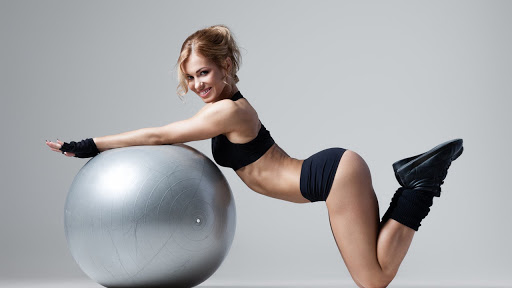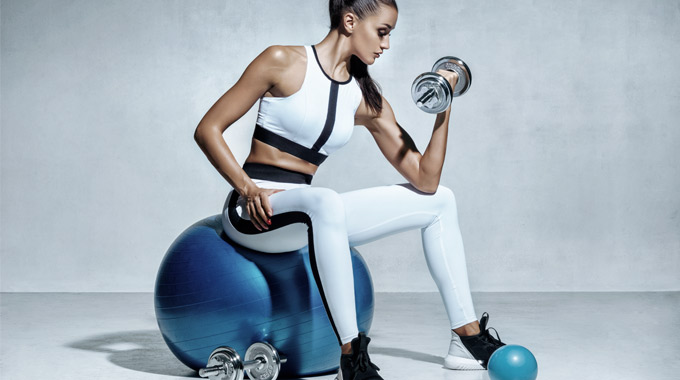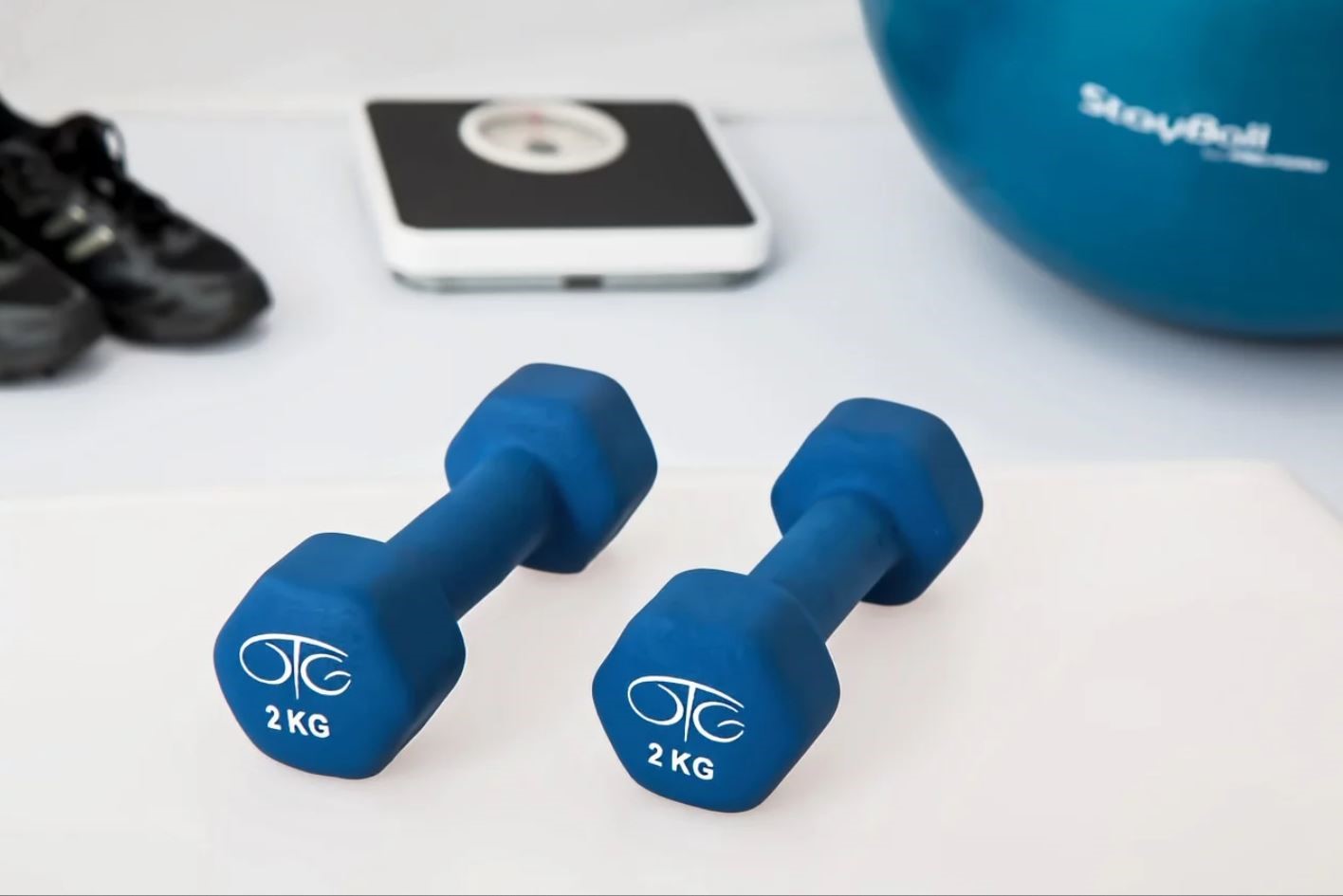30 Minute Workout
| Disclosure: The links on this page are "Affiliate Links" and while these are shown at no costs to our viewers, they generate commissions for our website(s) |
Tips for Exercising When You Only Have 30 Minutes

While fitness and athleticism appear to be growing trends, statistics show that people are more passive than you think. The President’s Council on Sports Fitness & Nutrition reports that less than 5% of adults get at least 30 minutes of physical activity a day , and only one in three of them get the recommended amount of exercise per week. Only 28% of Americans, which is 80.2 million people aged six and above, are physically inactive. If these numbers alone don’t scare you, let us remind you that lack of exercise is a major cause of chronic diseases. The US Centers for Disease Control and Prevention warns that chronic diseases are the leading cause of deaths (70%) in the United States. The most common ones, like heart disease, stroke, cancer, diabetes, and arthritis, are also the most preventable. With Maryville University reporting that nearly half the population will be affected by chronic illnesses by 2025 , it’s important to get ahead and do all that you can to stay in tip-top shape.
There are no excuses, even if you feel like you don’t have the time. Here’s how to get active when you’ve only got thirty minutes to spare:
Come in with a plan
If you only have thirty minutes to work out, try to think of what you intend to do with it ahead of time. Consider it like tasks on your to-do list for the day. If you write that you’re going to do bench presses or go for a 30-minute sprint, stick to it. Eliminate all other distractions that will prevent you from getting it done in the same way that you would any other task for work. Hold yourself accountable by setting the time, and see how good you will feel both mentally and physically after breaking a sweat.

Get straight to the point
In most workouts, warm-ups are always advised. But if you only have thirty minutes, you need to maximize your time. Try to give priority to the most important exercises that both build strength and burn calories. These include those that target compound multi-joints such as squats, deadlifts, push-ups, pull-ups, and the like. High-Intensity Conditioning or High-Intensity Interval Training is also an efficient way to make you sweat and elevate your heart rate, with its intense movements and shorter recovery sets.
At-home exercise equipment
Our article on ‘At-Home Exercise Equipment’ suggests thinking of out-of-the-box ways to turn your home into a gym for much less than a gym membership. Purchasing expensive equipment is completely unnecessary, as you may already have many things needed to get your body moving at home. You might find a jump rope lying around, and benefits of jumping rope vary from coordination development to heart strengthening. Yoga mats can also be used for a number of exercises you can find online, with diagrams or videos to guide you. Its convenience allows for creativity as well. Dumbbells or any other thing that can be used as weights are both smart and effective in building muscle, while not taking too much storage space. They can even be lifted while multitasking––whether that be while you are waiting for the dishwasher to do its job, or cooking dinner in the oven.

Choose the more active option
Chances are, you’ll come across the decision to take the elevator or escalator versus the stairs at least once a day. Turn this into an opportunity for a workout. Or if you find a staircase, you can go for 10- or 15-minute intervals running up and down when you find thirty minutes to spare. Opt for longer routes that may include more walking during your commutes to get your steps in. Make rules for yourself too.
If you choose to spend idle or free time watching some TV or Netflix
, turn it into an incentive for getting at least thirty minutes of physical activity instead. Remember, you’re in control of your own time!
Article specially written for forsportsandfitness.com By Lila Keating





